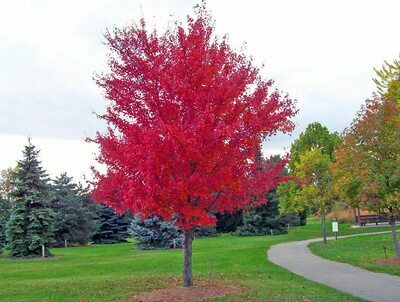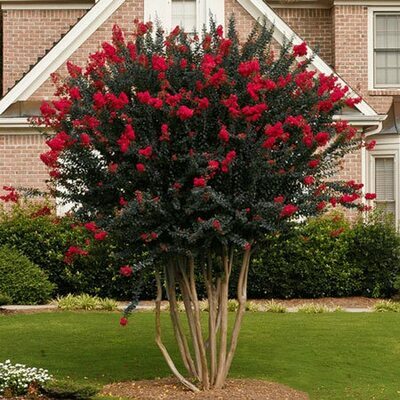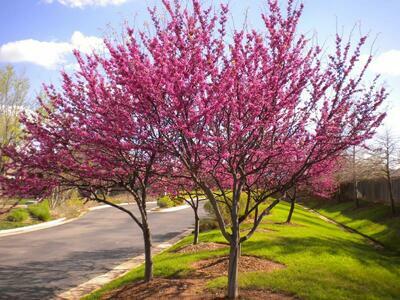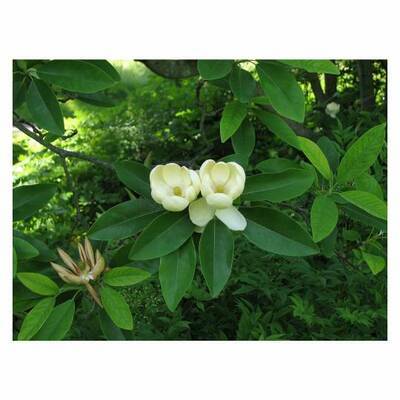Shop Trees By Zone
Understanding More About the USDA Planting Zone
Have you ever heard about a USDA planting zone? The abbreviation USDA stands for United States Department of Agriculture. Simply put, this zone is for use by growers to aid in determining plants that can grow in various locations. To come up with the map, the U.S government uses a specific formula to find the average annual minimum winter temperature. Afterward, the figure is split into 10-degree F zones.
About the USDA Map
The good thing about the USDA planting zone is that it is available as a map making it easy for users to locate their zone easily. The map serves both those with strong and slow internet connections. If you have a strong connection, you get to use the interactive GIS-based map. Slow internet users get a chance to view static images. So far, the map contains images of state, region, and national locations. If you are looking to have a hard copy of these maps, you should print out a copy.Finding your zone on the map has never been this easy. As mentioned earlier, all that one needs to do is use the search box to find their planting zone. Those accessing the static map can always find their details displayed on the “view maps” tab.
Those accessing the map using a strong internet connection can use many interactive features. The map has widgets that allow you to zoom to various sides of the map. There exist two widgets, the Base-map gallery, and the layers. Also, the map has transparency sliders that can adjust transparency, giving you excellent views of the location of your choice.
Importance of Choosing Appropriate Trees
As we have seen earlier, the primary purpose of the USDA planting zone is to determine the plants suitable for their particular zone. Here are some of the factors to consider when choosing trees.Hardiness
The cold hardiness of a tree is important when choosing trees. Know your region by looking at the map; this way, you will know the right trees likely to thrive in your location. While considering hardiness, it is equally important to select a tree that can tolerate hot conditions. Trees that can not withstand heat are likely to die off. For this reason, always ensure that before you settle on specific trees, you have factored in hardiness and heat tolerance.
Soil conditions
How trees thrive is greatly dependent on soil conditions. If the soil has a PH of 6 to 7.5, the trees will likely thrive. Some trees, however, can thrive in a PH of 5.5 to 6.5. Don’t forget to analyze the porosity of your soil. If you live in a wet area, always go for trees that can thrive in wet soils. The same rule applies if you live in an area with dry soil.
Disease resistance
It is important that the tree you choose can resist diseases. One of the renowned tree diseases is pine wilt, which mainly grows in the midwest. If a disease is infected with this disease, the possibility of dying away first is high. The disease so far does not have a solution, and for this reason, the known solution to pine wilt is uprooting the specific tree. Another known disease that you should look out for is the apple scab. Once the disease affects a tree, it will shed lots of its leaves, making the trees of shrubs unattractive.
The best way to enjoy your gardens is only settling for trees that can resist pine wilt and other renowned tree diseases. Trees like Adams, profusion, prairie fire, just to name a few, are good resistant of apple scab. Therefore, it is better to settle for such trees instead of dealing with future regrets.
Size
Did you know that the size of the tree you choose matters? To avoid never-ending landscape challenges, the best thing to do is inform yourself of different tree sizes. Such information will help you select trees that will not obstruct utility lines or lead to crowding. For the perfect landscape, less is more. Very big trees can lower the aesthetic standards of your lawn or garden. Always make sure that the tree size you choose will serve its purpose.
As a planter, it is evident that understanding USDA Planting zones and choosing trees is something you cannot avoid. If you would like to plant trees and shrubs that last, it is crucial to refer to the most reliable source, the GSI map.

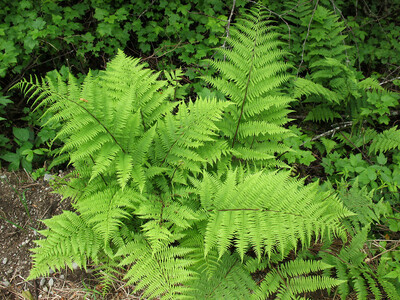 Native Ferns
Native Ferns
 Native Mosses
Native Mosses
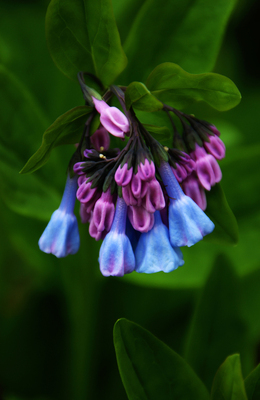 Native Perennials
Native Perennials
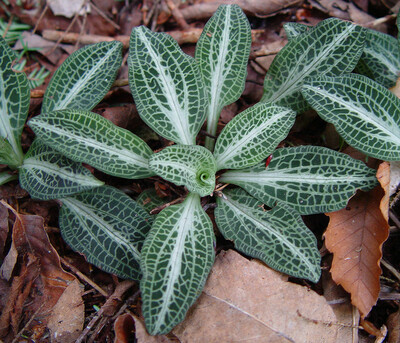 Native Ground Covers
Native Ground Covers
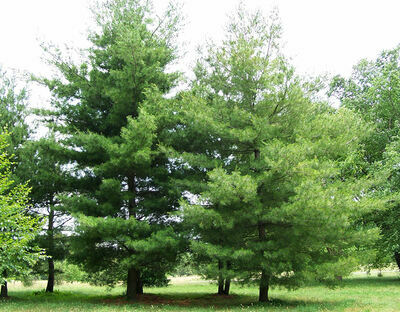 Native Trees
Native Trees
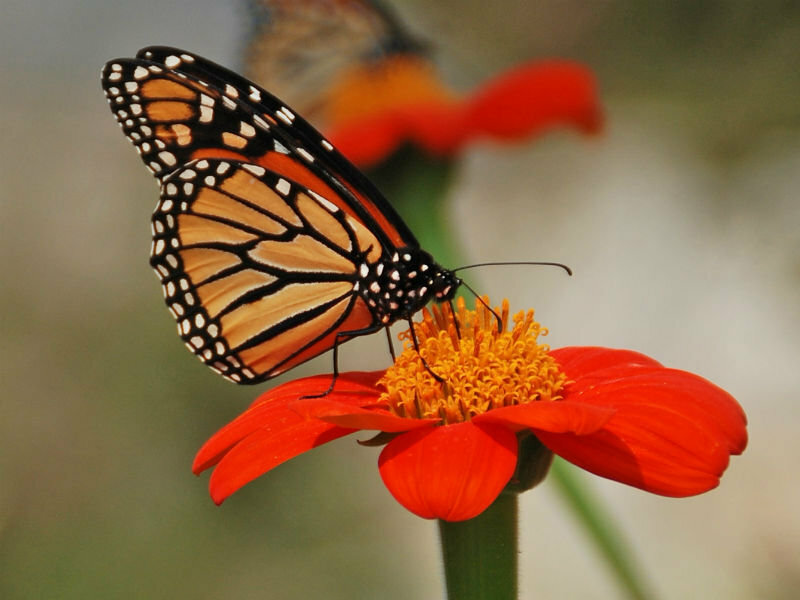 Pollinators
Pollinators
 Shop Bloom Color
Shop Bloom Color
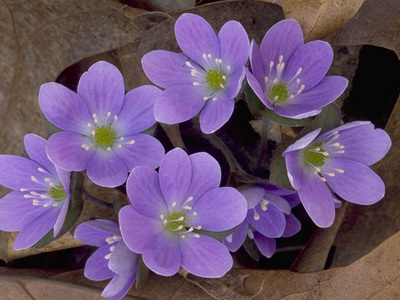 Perennials By Zone
Perennials By Zone
 Medicinal Herb Plants
Medicinal Herb Plants
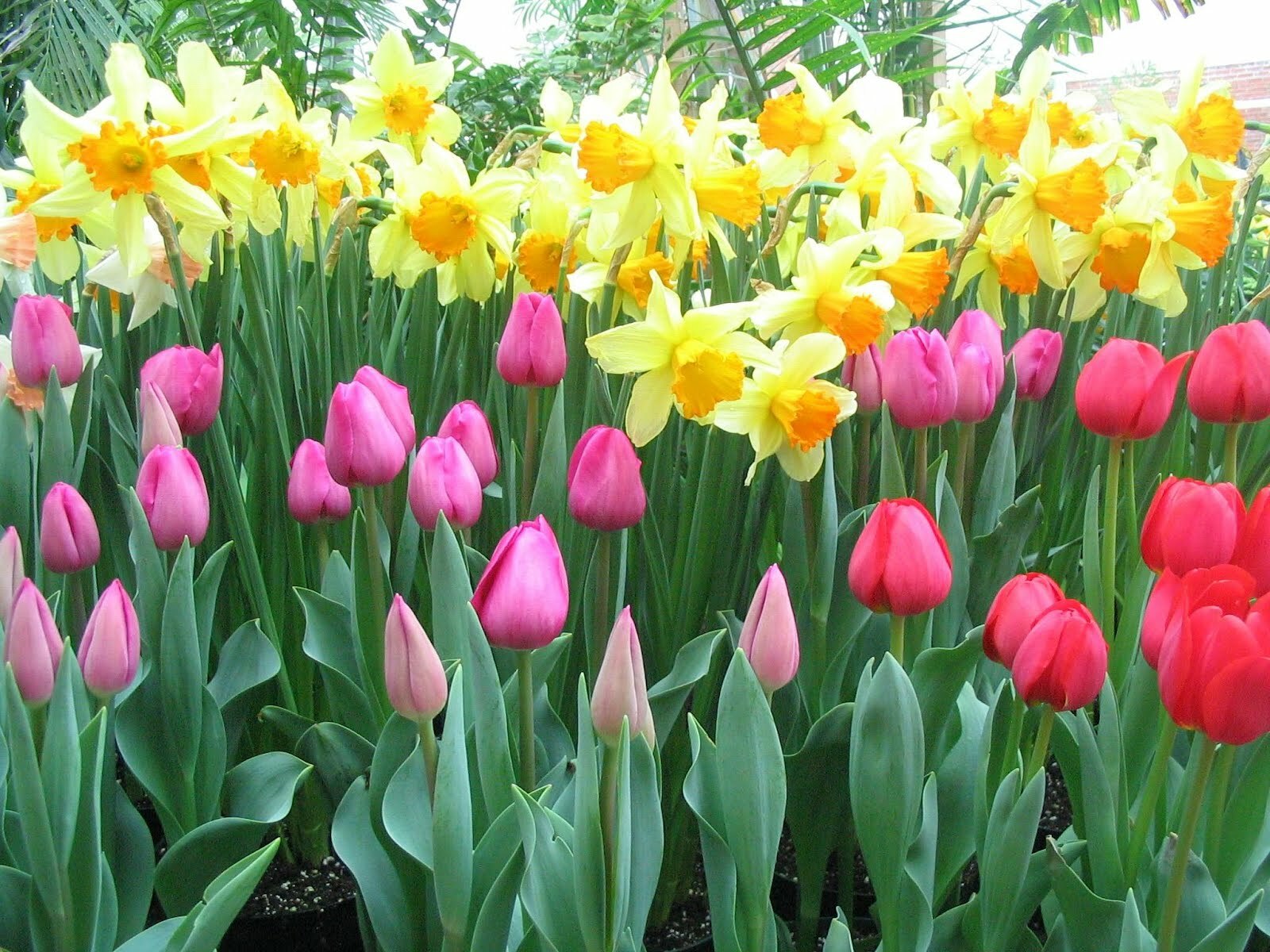 Spring Bulbs
Spring Bulbs
 Trillium
Trillium
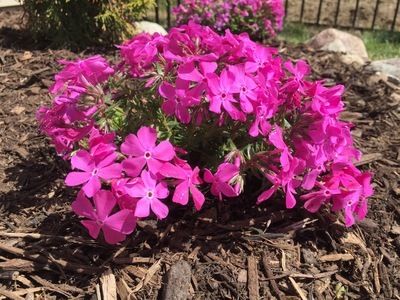 Shop By Zone
Shop By Zone
 Flowering Groundcovers
Flowering Groundcovers
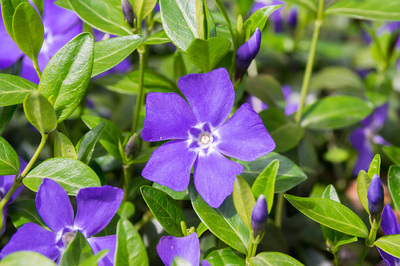 Evergreen Groundcovers
Evergreen Groundcovers
 Ferns for Zone 3
Ferns for Zone 3
 Ferns for Zone 4
Ferns for Zone 4
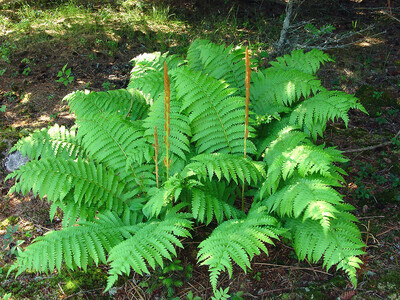 Ferns for Zone 5
Ferns for Zone 5
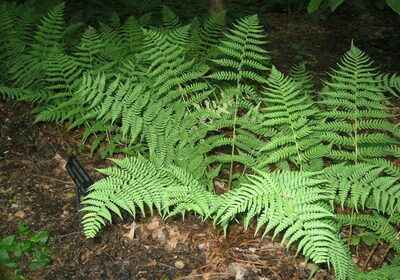 Ferns for Zone 6
Ferns for Zone 6
 Ferns for Zone 7
Ferns for Zone 7
 Ferns for Zone 8
Ferns for Zone 8
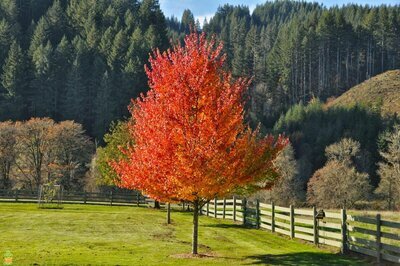 Shop Trees By Zone
Shop Trees By Zone
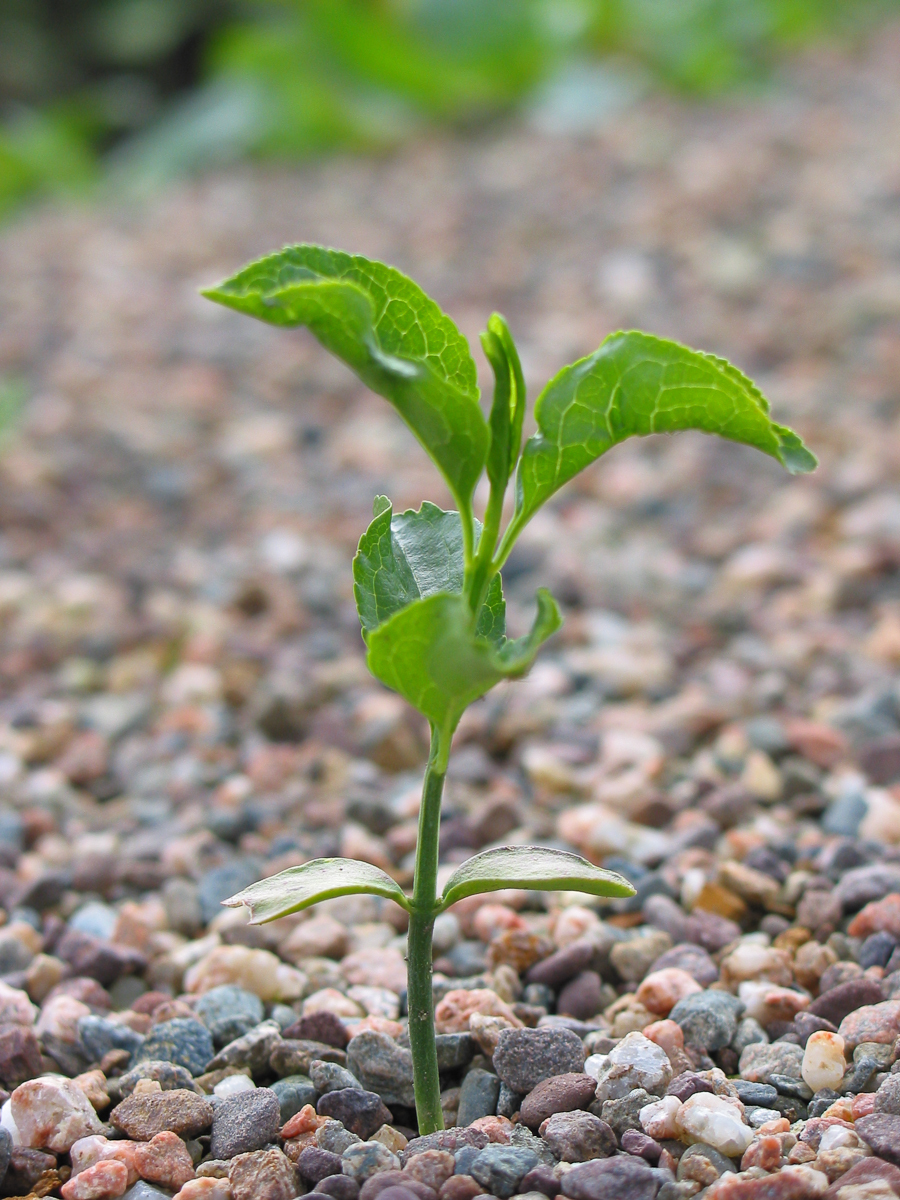 Tree Seedlings
Tree Seedlings
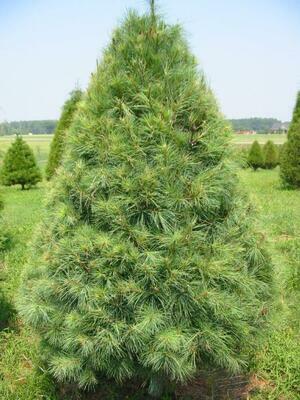 Fast Growing Trees
Fast Growing Trees
 Pine Trees
Pine Trees
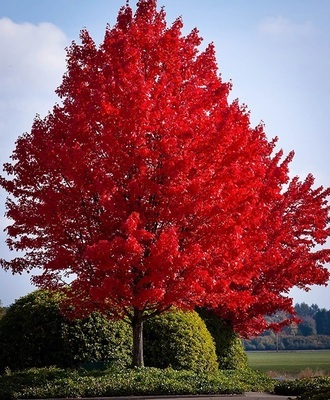 Live Stakes
Live Stakes
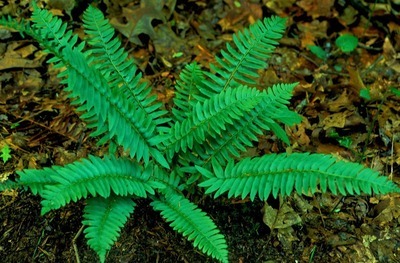 Evergreens
Evergreens
